Es un servicio técnico de apoyo e intervención social que, a través de un equipamiento informático y de comunicación específicos, permite a las personas usuarias disponer de atención permanente, las 24 horas de los 365 días del año. El TAD es atendido por personas preparadas para dar la respuesta adecuada a situaciones de emergencia o necesidad social, bien de forma directa o movilizando otros recursos comunitarios.
El objetivo del TAD es prevenir situaciones de riesgo, fomentar la autonomía y el envejecimiento activo y así aumentar el tiempo que la persona puede permanecer en su domicilio disfrutando de una buena calidad de vida. Los usuarios disponen de un reloj Safefamily, que cuenta con GPS, permite realizar videollamadas, avisa de posibles caídas, envía recordatorios y monitoriza el estado de salud entre otras prestaciones.




Es un dispositivo de videollamada que se instala en los televisores de las personas usuarias y que precisa de wifi para funcionar.
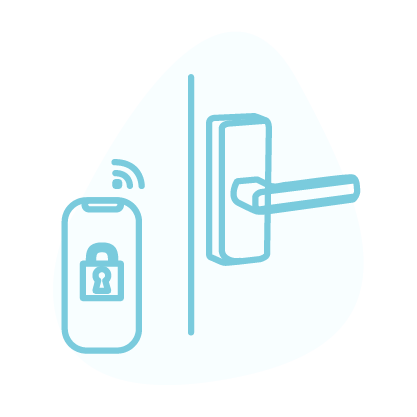
Se trata de una aplicación instalada en el dispositivo móvil para abrir la puerta.

Disponen de una pequeña cámara conectada a un monitor, con la posibilidad además de conexión a un dispositivo móvil, ordenador, Tablet, etc. La cámara permite observar con claridad qué pasa al otro lado de la puerta sin necesidad de acercarnos a ella e incluso sin tener que estar presentes en el domicilio.

Están controlados por un microprocesador y funcionan de manera similar a los cajeros automáticos de un banco. Solo hay que acceder al dispositivo para obtener el medicamento, quedando registrada toda la información de la transacción.

Permiten generar proximidad con el entorno a aquellos usuarios que no pueden salir (como una persona encamada). Con ello se busca paliar el aislamiento y la sensación de soledad que generan situaciones de ese tipo
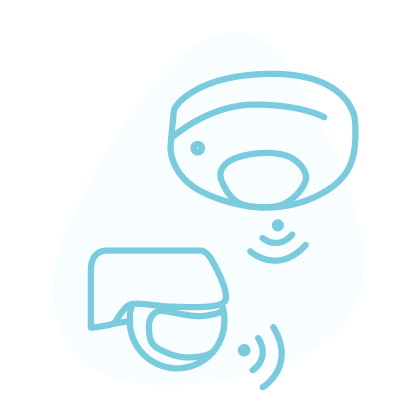
Es un sistema de monitorización de hábitos en el domicilio gracias a la utilización de sensores e inteligencia artificial. No es invasivo y resulta muy útil para personas solas y con algún deterioro cognitivo o
vulnerabilidad especial.
Gracias a este sistema se pueden detectar
situaciones de riesgo o lanzar un aviso cuando
haya un cambio en los hábitos o rutinas, e
incidencias relativas a la actividad de la persona
en el domicilio, como pueden ser: apertura
inusual de puerta principal o del frigorífico,
detección temprana de signos de posible
deterioro de la salud o de enfermedades o
situaciones de emergencia, etc.
Essence consta de 5 sensores infrarrojos situados
en salón, dormitorio, cocina, baño y zona de aseo
y 2 sensores con imán de apertura en la puerta
principal y en el frigorífico. Toda la información
transmitida por los sensores se envía a la
plataforma de análisis Care@Home.

Es un asistente virtual que dispone de una pantalla de 8 pulgadas e incluye un servicio de voz ubicado en la nube. Cuenta con diferentes funcionalidades tales como reproducir música, realizar llamadas, configurar alarmas y temporizadores, responder preguntas, jugar…etc.
Este dispositivo tiene dos características fundamentales: por un lado, la sencillez de uso dado que se activa mediante la voz. Y por otro, su conexión con ASISTO: con ello Alexa muestra al usuario o usuaria información específica de su Servicio de Ayuda a Domicilio, como por ejemplo, el nombre y la foto del auxiliar que le va a atender para evitar suplantaciones, en qué horario acudirá, etc.
A esto hay que añadir que hemos incorporado en Alexa una conexión por vídeo a la oficina del SAD, con el fin de que la persona usuaria pueda ver al coordinador, al asesor tecnológico, realizar consultas, charlar, etc.
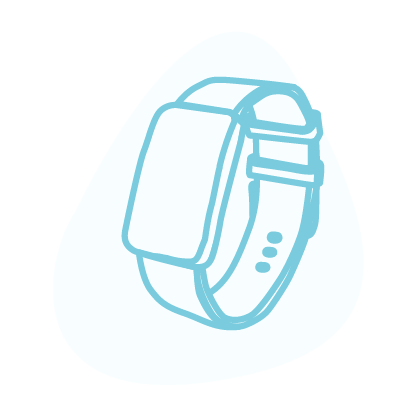
Es un dispositivo que cuenta con GPS, permite realizar videollamadas, avisa de posibles caídas, envía recordatorios y monitoriza el estado de salud entre otras prestaciones. Se utiliza en el servicio de teleasistencia domiciliaria, en el servicio de emergencia y exclusión social y en el servicio de atención a víctimas de violencia de género.

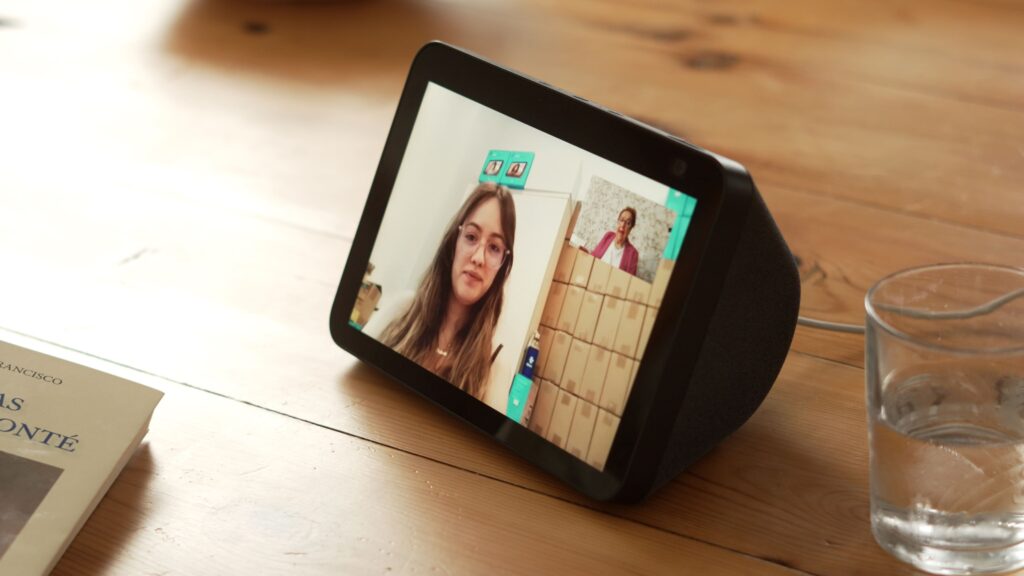


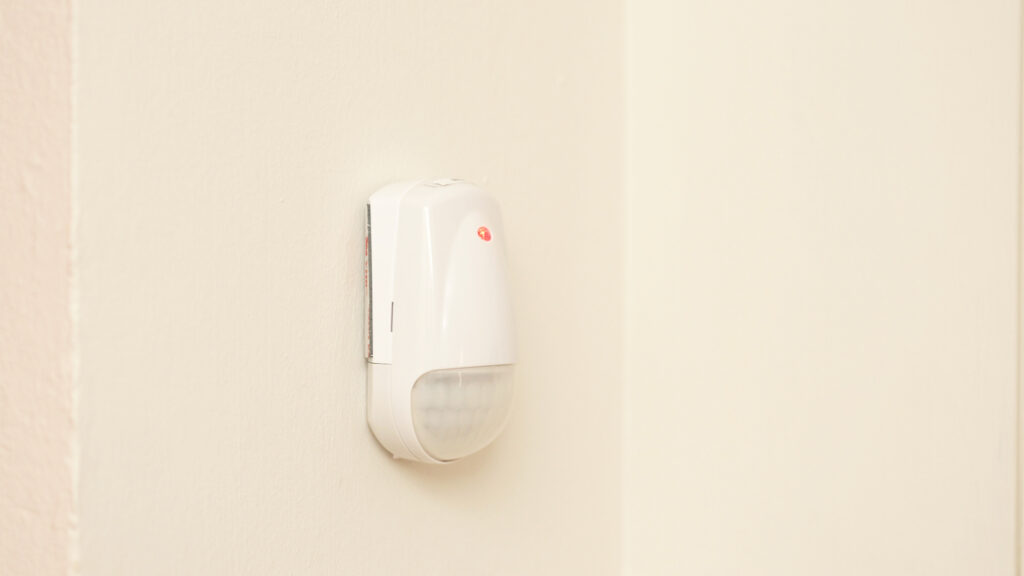
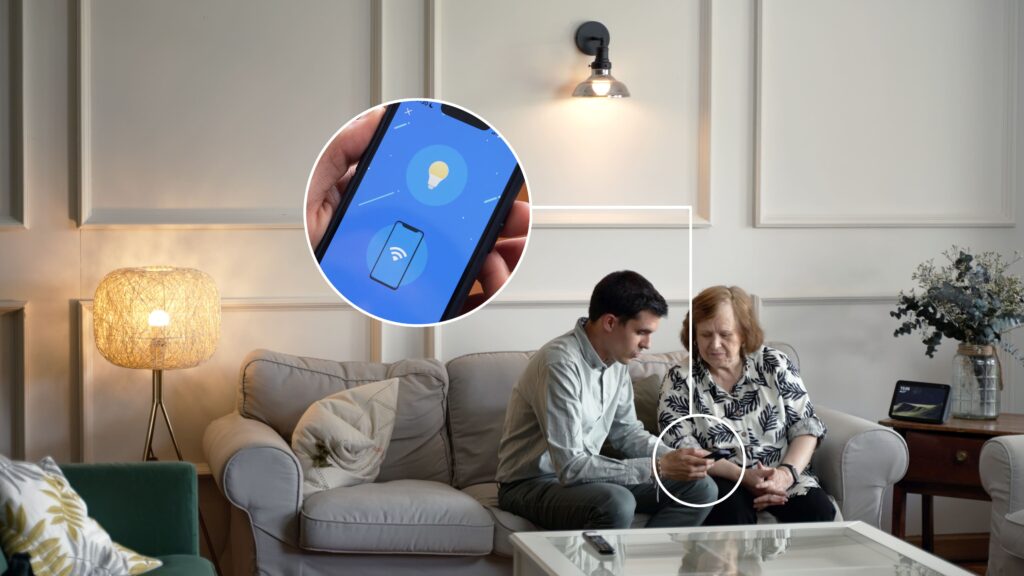
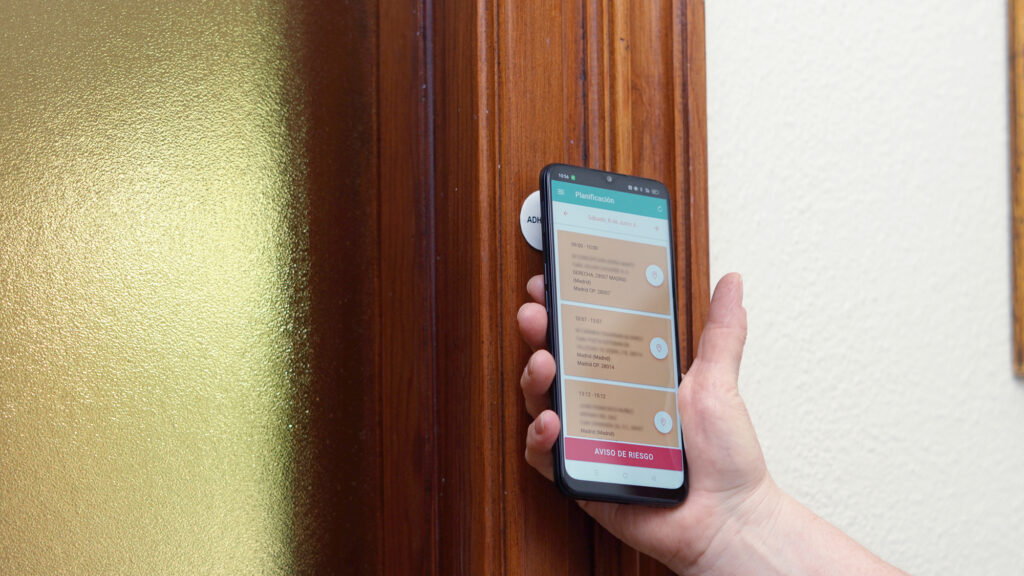
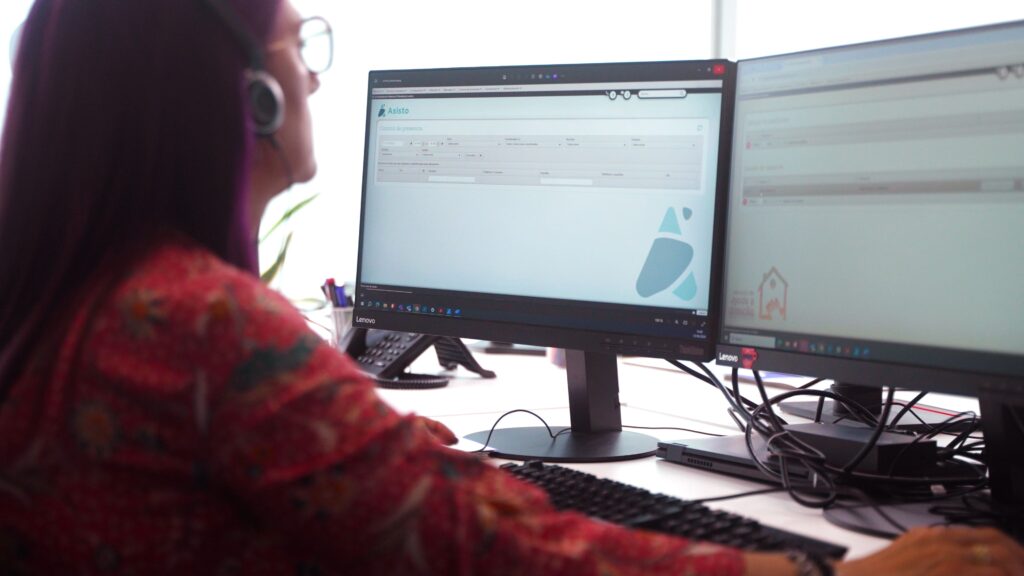
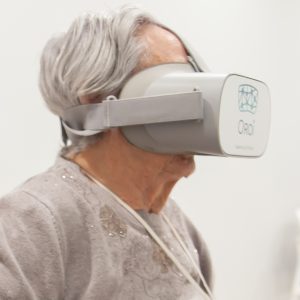


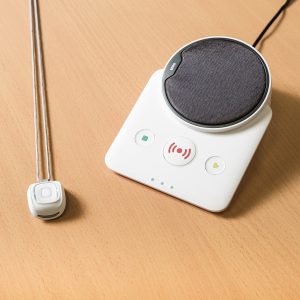
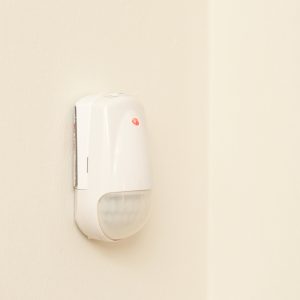
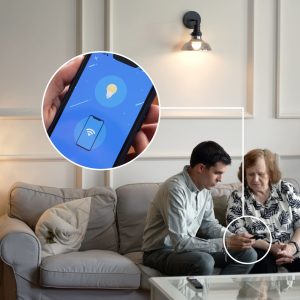

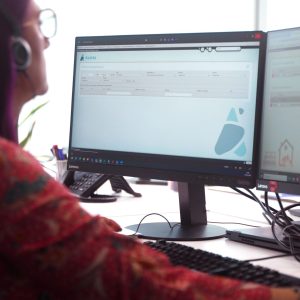
Atende Declaración de accesibilidad
We firmly believe that the internet should be available and accessible to anyone, and are committed to providing a website that is accessible to the widest possible audience, regardless of circumstance and ability.
To fulfill this, we aim to adhere as strictly as possible to the World Wide Web Consortium’s (W3C) Web Content Accessibility Guidelines 2.1 (WCAG 2.1) at the AA level. These guidelines explain how to make web content accessible to people with a wide array of disabilities. Complying with those guidelines helps us ensure that the website is accessible to all people: blind people, people with motor impairments, visual impairment, cognitive disabilities, and more.
This website utilizes various technologies that are meant to make it as accessible as possible at all times. We utilize an accessibility interface that allows persons with specific disabilities to adjust the website’s UI (user interface) and design it to their personal needs.
Additionally, the website utilizes an AI-based application that runs in the background and optimizes its accessibility level constantly. This application remediates the website’s HTML, adapts Its functionality and behavior for screen-readers used by the blind users, and for keyboard functions used by individuals with motor impairments.
If you’ve found a malfunction or have ideas for improvement, we’ll be happy to hear from you. You can reach out to the website’s operators by using the following email
Our website implements the ARIA attributes (Accessible Rich Internet Applications) technique, alongside various different behavioral changes, to ensure blind users visiting with screen-readers are able to read, comprehend, and enjoy the website’s functions. As soon as a user with a screen-reader enters your site, they immediately receive a prompt to enter the Screen-Reader Profile so they can browse and operate your site effectively. Here’s how our website covers some of the most important screen-reader requirements, alongside console screenshots of code examples:
Screen-reader optimization: we run a background process that learns the website’s components from top to bottom, to ensure ongoing compliance even when updating the website. In this process, we provide screen-readers with meaningful data using the ARIA set of attributes. For example, we provide accurate form labels; descriptions for actionable icons (social media icons, search icons, cart icons, etc.); validation guidance for form inputs; element roles such as buttons, menus, modal dialogues (popups), and others. Additionally, the background process scans all the website’s images and provides an accurate and meaningful image-object-recognition-based description as an ALT (alternate text) tag for images that are not described. It will also extract texts that are embedded within the image, using an OCR (optical character recognition) technology. To turn on screen-reader adjustments at any time, users need only to press the Alt+1 keyboard combination. Screen-reader users also get automatic announcements to turn the Screen-reader mode on as soon as they enter the website.
These adjustments are compatible with all popular screen readers, including JAWS and NVDA.
Keyboard navigation optimization: The background process also adjusts the website’s HTML, and adds various behaviors using JavaScript code to make the website operable by the keyboard. This includes the ability to navigate the website using the Tab and Shift+Tab keys, operate dropdowns with the arrow keys, close them with Esc, trigger buttons and links using the Enter key, navigate between radio and checkbox elements using the arrow keys, and fill them in with the Spacebar or Enter key.Additionally, keyboard users will find quick-navigation and content-skip menus, available at any time by clicking Alt+1, or as the first elements of the site while navigating with the keyboard. The background process also handles triggered popups by moving the keyboard focus towards them as soon as they appear, and not allow the focus drift outside it.
Users can also use shortcuts such as “M” (menus), “H” (headings), “F” (forms), “B” (buttons), and “G” (graphics) to jump to specific elements.
We aim to support the widest array of browsers and assistive technologies as possible, so our users can choose the best fitting tools for them, with as few limitations as possible. Therefore, we have worked very hard to be able to support all major systems that comprise over 95% of the user market share including Google Chrome, Mozilla Firefox, Apple Safari, Opera and Microsoft Edge, JAWS and NVDA (screen readers).
Despite our very best efforts to allow anybody to adjust the website to their needs. There may still be pages or sections that are not fully accessible, are in the process of becoming accessible, or are lacking an adequate technological solution to make them accessible. Still, we are continually improving our accessibility, adding, updating and improving its options and features, and developing and adopting new technologies. All this is meant to reach the optimal level of accessibility, following technological advancements. For any assistance, please reach out to